Matiz Saffron
$12.95 Original price was: $12.95.$9.07Current price is: $9.07.
- Online customer care, always here for you.
- Expertly Sourced, Quality Guaranteed
- Your happiness, our mission.
- No-Questions-Asked Returns

Much of the world’s saffron is cultivated in the Middle East, but this Spanish saffron (Matiz Azafrán), cultivated in the La Mancha region, is famed for its stunning golden hue, pungent aroma and aromatic flavor. Produced for over 350 years by a family company, each curled orange-crimson thread is uniquely floral. Its honey-like complexity toes the boundary between savory and sweet, and its heady perfume envelops you the second you uncap the jar. Matiz Azafrán is remarkably strong and rich, even for already-fragrant saffron. Each stage of gathering and processing this saffron is completed by hand by experts, who rely on generations of knowledge to tend to the fields of purple crocus flowers. The raw saffron can only be extracted one month per year in autumn, but the wait is well worth it.
[/description-break] Ingredients [/title] Ingredients: Saffron [/accordion] Specifications [/title] Net Weight: 0.8 gramsPlace of Origin: Spain [/accordions-break] Saffron is the single most labor-intensive spice to produce.[/banner_heading] So hard that many mass-produced saffrons are fake—either fortified with dyes or made of other substances. For the real deal, the International Organization for Standardization developed a “power of coloration scale.” Grade 1 saffron has a power coloration above 190 UPC, or units of power of coloration, while Matiz Azafrán regularly tests at over 240 UPC. [/banner-text-break] Add to our Chicken and Bean Paella, Orecchiette with Saffron, Ricotta and Mint or Javaher Polow. We love it in a classic Saffron Risotto (Risotto alla Milanese) and our Lemon-Saffron Chicken (Tangia), as well as adding it to all kinds of savory soups and stews. It also adds lovely complexity when steeped in coffee or tea or incorporated into desserts—try our Coconut-Saffron Macaroons. [/how-to-use-break] We have a little trick we like to use here in the Milk Street kitchen to determine if saffron is pure or cut with other filler products and dyes—like much in the U.S. unfortunately is. Simply drop a few strands in tepid water and watch to see how fast the color releases. If the water turns yellow fairly quickly or the strands lose their hue, then artificial dyes were likely used. If it releases slowly and stays a deep red, then it’s true saffron. This one passed the test with flying colors (a rich, golden color, that is).
Be the first to review “Matiz Saffron” Cancel reply
Related products
PANTRY
Coffee, Tea & Hot Chocolate
Antipasti, Tomatoes & Pickles
Cocktails
PANTRY
Antipasti, Tomatoes & Pickles

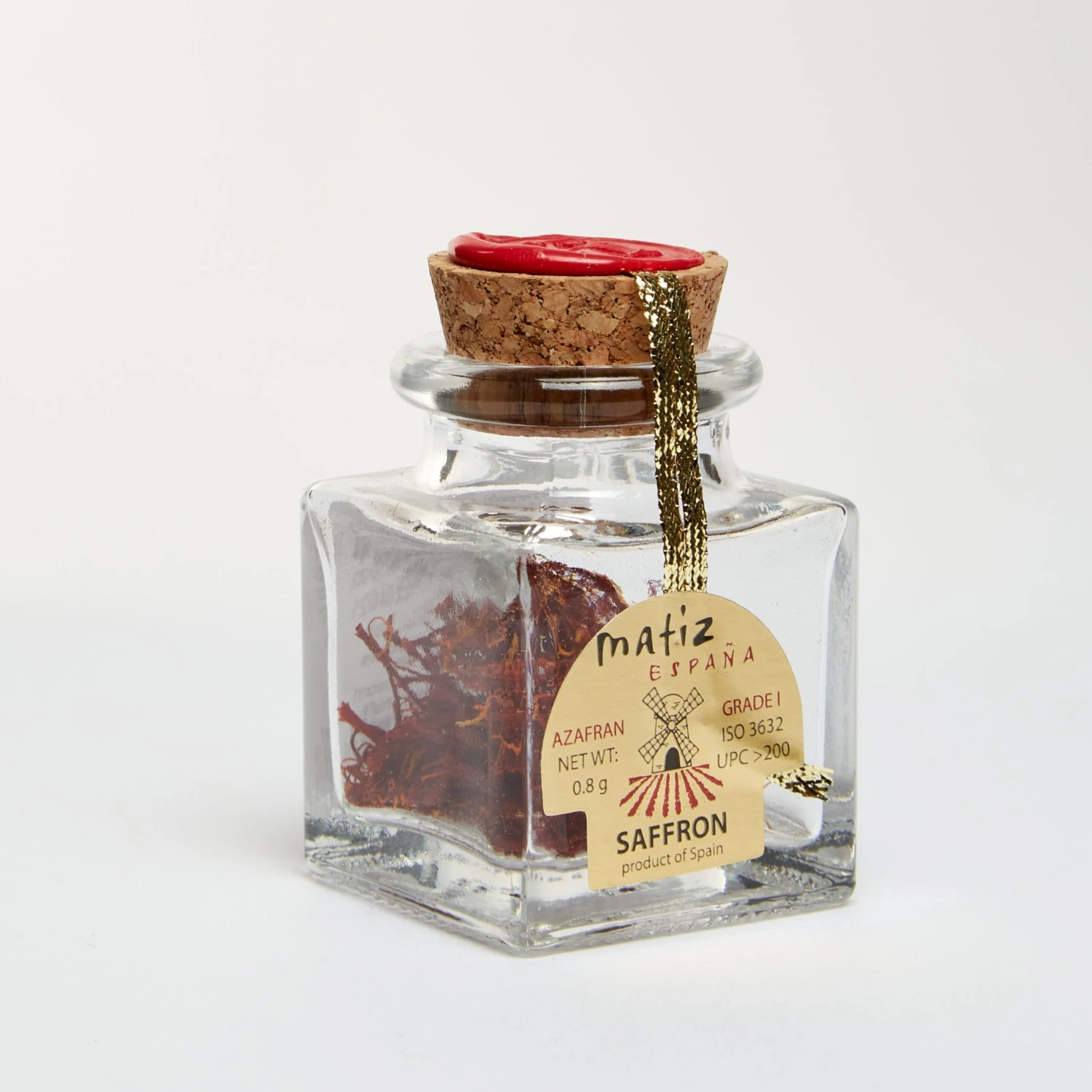
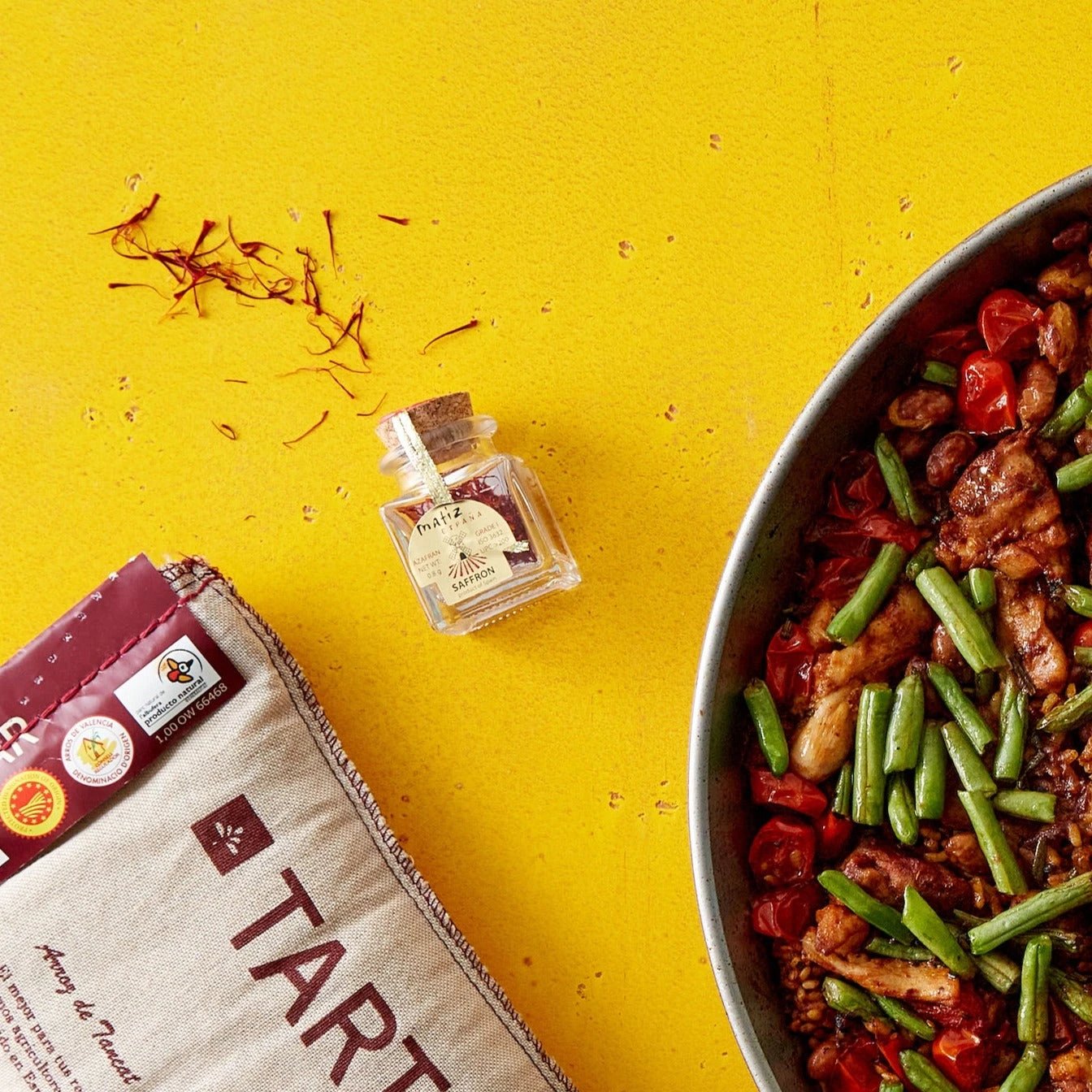

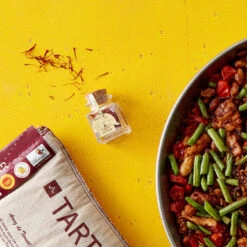
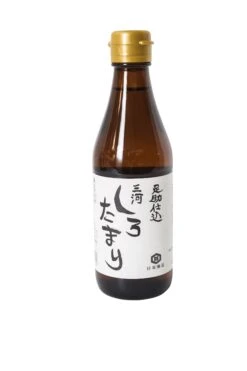
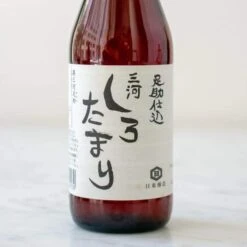
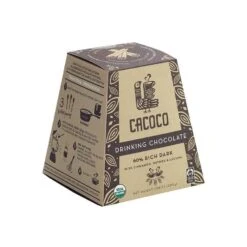

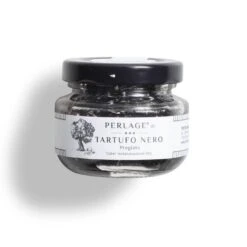
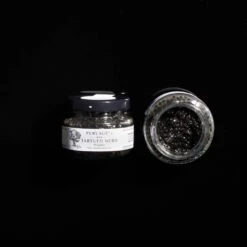


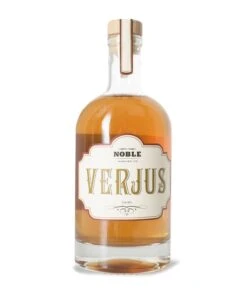
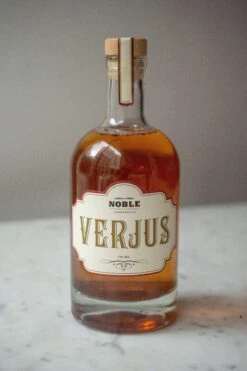

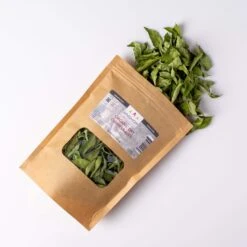
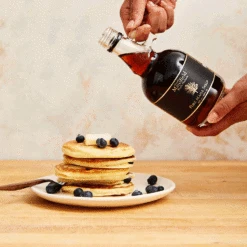

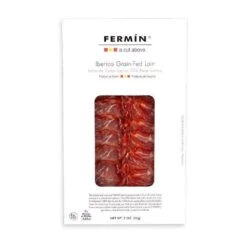

Reviews
There are no reviews yet.